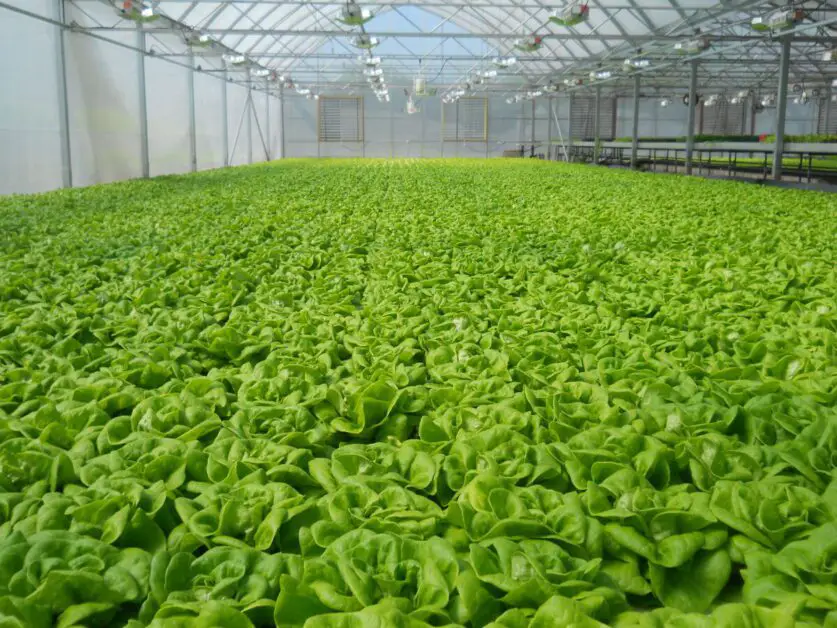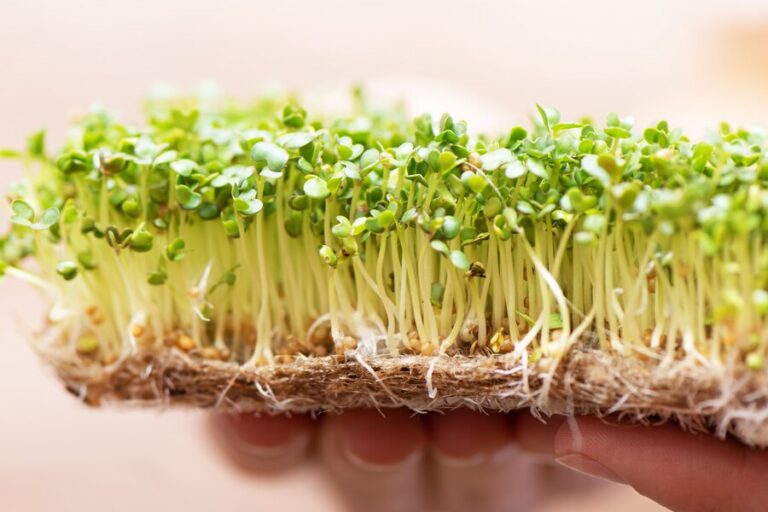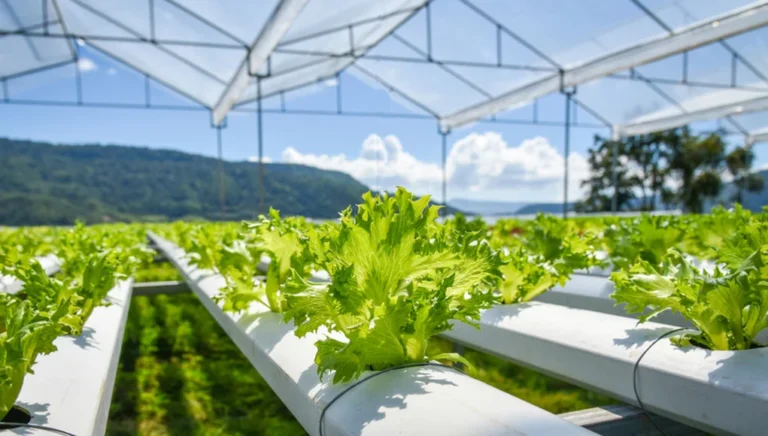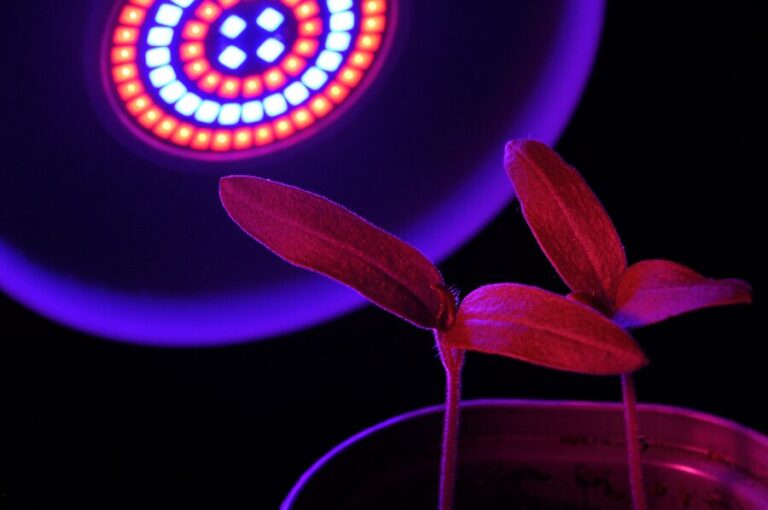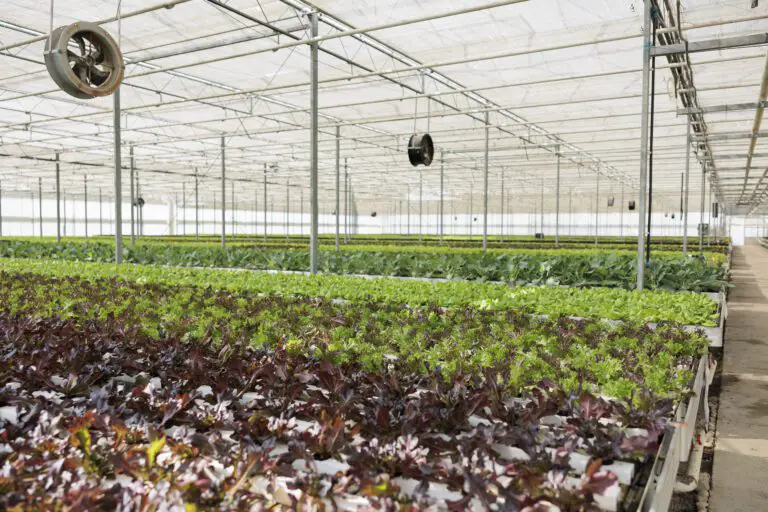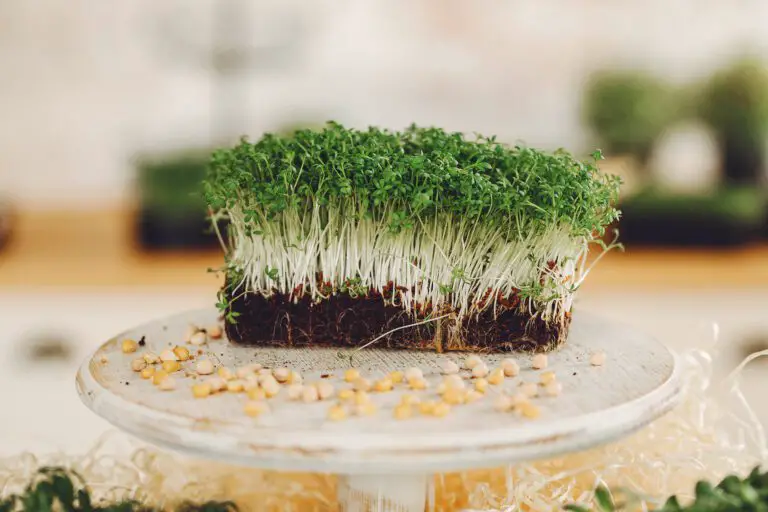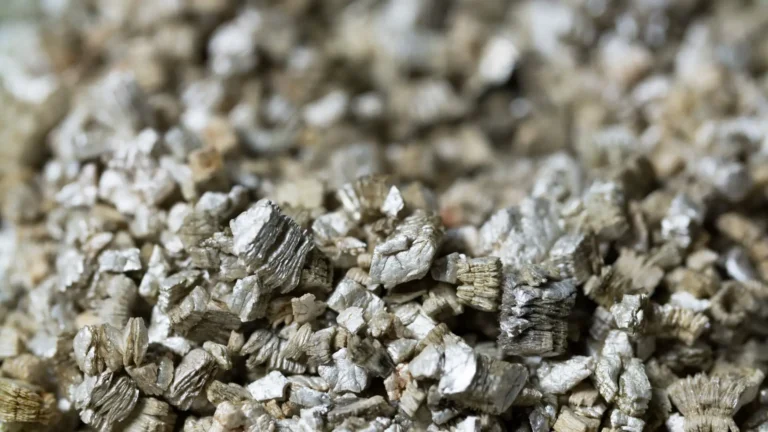The Art of Growing Butter Lettuce with Hydroponics:
Table of Contents
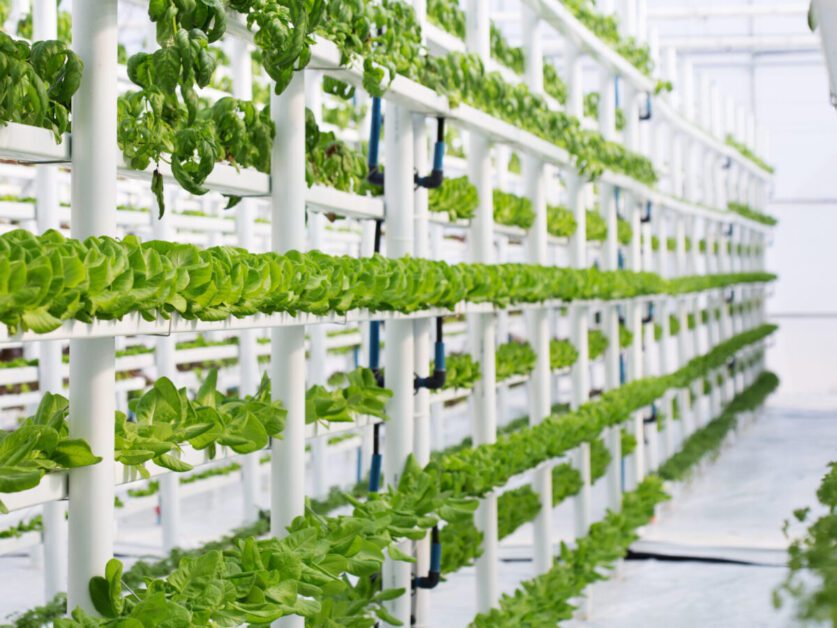
When it comes to harvesting hydroponic crops, timing is crucial. Unlike traditional soil-based gardening, where plants can be left in the ground until ready to use, hydroponic plants need to be harvested at the right moment to ensure optimal flavor and nutritional content. This is because hydroponic plants tend to grow faster and more efficiently, requiring a shorter growing cycle from seed to harvest.
To determine the right time to harvest, it’s important to observe the plant closely. Look for visual cues such as the color and size of the fruits or vegetables, as well as the maturity of the leaves. Additionally, you can conduct taste tests to assess the flavor and ripeness of the crops. Keep in mind that different crops have different indicators of readiness, so it’s essential to do your research on each specific plant you’re growing.
Once you’ve determined the optimal time to harvest, it’s time to carefully remove the crops from the hydroponic system. Proper technique is crucial to prevent damage to the plants and maintain their quality. Gently cut or detach the fruits or vegetables from the plant, taking care not to bruise or injure the surrounding foliage. It’s advisable to use clean and sharp tools to ensure a clean cut and minimize the risk of introducing pathogens.
After harvesting, the next step is storing the hydroponic crops. Unlike soil-based produce, which can be stored for extended periods in a cool, dark place, hydroponic crops tend to have a shorter shelf life. This is because they are grown in a controlled environment with optimal growing conditions and lack the natural protection provided by soil. As a result, hydroponic crops are more vulnerable to spoilage and deterioration.
To maximize the shelf life of hydroponic crops, it’s essential to handle them with care and store them properly. That means keeping them at the right temperature and humidity levels to slow down the process of deterioration. Additionally, proper packaging can help prevent moisture loss and protect the crops from physical damage. Consider using breathable containers or bags that allow for air circulation while also preventing excessive moisture buildup.
In the next section, we will delve deeper into the specific storage requirements for different types of hydroponic crops. We will explore the optimal temperature and humidity levels for various fruits and vegetables and discuss innovative packaging techniques that can help extend the shelf life of these delicate produce. Stay tuned for practical tips and expert advice on how to store hydroponic crops to preserve their freshness and flavor for as long as possible.
Table
| Plant | Time to Harvest | Notes |
|---|---|---|
| Spinach | 15 to 20 days | High-yielding leafy green; sensitive to frost; prefers temperatures around 25-30°C. |
| Lettuce | 3 to 4 weeks | Rapid growth; various varieties available; harvest outer leaves while leaving inner leaves. |
| Swiss Chard | 35 days | Rich in vitamin K; continues to grow after harvesting. |
| Cilantro | Around 1 month | Fast-growing herb; great for culinary use. |
| Mint | Around 1 month | Aromatic herb; ready for harvest in no time. |
| Basil | Around 1 month | Flavorful herb; ideal for hydroponic systems. |
How do I know when it is time to harvest my hydroponic plants?
The timing of harvesting your hydroponic plants will depend on the specific crop you are growing. Generally, you can monitor the maturity of the plants by checking the growth stage or the appearance of fruits or vegetables. Consult the seed packet or the plant variety information for more specific guidance.
Can I harvest hydroponic plants at any time or should I wait for specific conditions?
It is important to harvest your hydroponic plants at the right time to ensure optimal flavor, texture, and nutritional value. Follow the recommended guidelines for each plant variety, considering factors such as maturity stage, color, size, and taste.
How should I handle the harvesting process to ensure the best quality of hydroponic plants?
To maintain the quality of your hydroponic plants, handle them with care during the harvesting process. Use clean tools to prevent contamination, gently detach the plants from the growing medium, and avoid damaging the roots or other plant parts. Proper handling will help preserve the freshness and appearance of your harvest.
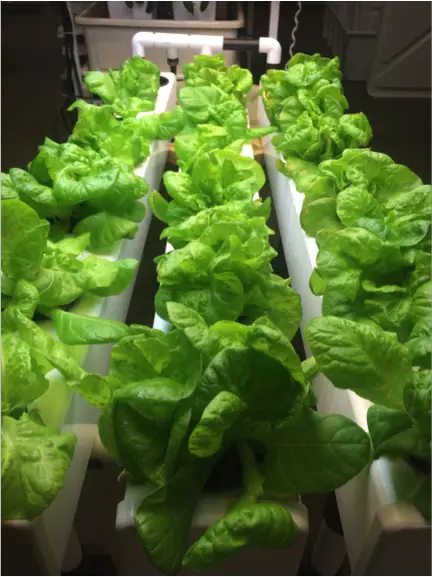
How should I clean and store my harvested hydroponic plants?
After harvesting, you should clean your hydroponic plants to remove any dirt, debris, or residues. Rinse them gently with clean water and pat them dry before storage. For longer shelf life, consider storing them in airtight containers or bags in a refrigerator. Some plants may benefit from storing in slightly humid conditions, so research specific storage requirements for each crop.
Can I store different types of hydroponic plants together?
It is generally recommended to store different types of hydroponic plants separately to prevent cross-contamination of flavors, odors, and moisture levels. Separating the harvested plants will help maintain their individual qualities and extend their freshness.
How long can I store harvested hydroponic plants?
The storage duration for harvested hydroponic plants can vary depending on the plant type, condition at harvest, and proper storage techniques. Leafy greens, for example, can typically be stored for 5-7 days, while fruits and vegetables may last longer. It is advisable to consume them as soon as possible to enjoy the best taste and nutritional value.
Can I freeze my harvested hydroponic plants for long-term storage?
Freezing hydroponic plants can be an option for long-term storage, but it may affect their texture and quality. Some plants, like herbs, may not freeze well due to their delicate nature. If you choose to freeze them, blanching or pre-freezing individual portions can help preserve their color and flavor. Proper packaging in airtight containers or freezer bags is crucial to prevent freezer burn and maintain freshness.
Can I use the leftover nutrient solution from my hydroponic system on my harvested plants?
It is not recommended to reuse the nutrient solution from your hydroponic system on harvested plants. The solution may contain excess minerals or contaminants that can negatively affect the quality and safety of the produce. It is best to discard the used solution and use fresh, clean water for cleaning and rinsing your harvested hydroponic plants.
Are there any specific precautions I should take while harvesting and storing hydroponic plants?
Yes, there are a few precautions to consider. Always wash your hands before handling the plants to minimize the risk of contamination. Remove any damaged or diseased plant parts before storage to prevent the spread of pathogens. Additionally, regularly inspect your stored hydroponic plants for signs of spoilage or decay and discard any affected produce to maintain the overall quality.

